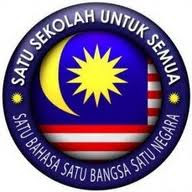Science Form 3 (Chapter 2) Blood Circulation and Transport
Introduction to function of Heart
In order for the heart to deliver oxygenated blood to all cells, blood is pumped through arteries. Veins bring deoxygenated blood cells to the lungs, which then are oxygenated, and then sent back to heart. In this way, a continuous cycle is formed of the heart pumping oxygenated blood and deoxygenated blood out to their designated destinations, and therefore the heart maintains the circulatory system.

Systole: Stage when the ventricles of heart are contracting resulting in blood being pumped out to the lungs and the rest of the body.
- Thick, muscular walls of both ventricles contract.
- Pressure rises in both ventricles, causing the bicuspid and tricuspid valves to close. Therefore, blood is forced up the aorta and the pulmonary artery.
- The atria relax during this time. The left atrium receives blood from the pulmonary vein, and the right atrium from the vena cava.

Diastole: Stage when the ventricles of the heart are relaxed and not contracting. During this stage, the atria are filled with blood and pump blood into the ventricles.
- Thick, muscular walls of both ventricles relax.
- Pressure in both ventricles falls low enough for bicuspid valves to open.
- The atria contract, and blood is forced into the ventricles, expanding them. The blood pressure in the aorta is decreased, therefore the semi-lunar valves close.






























